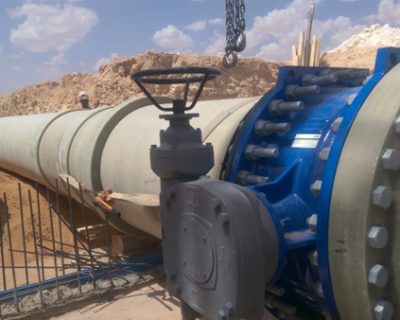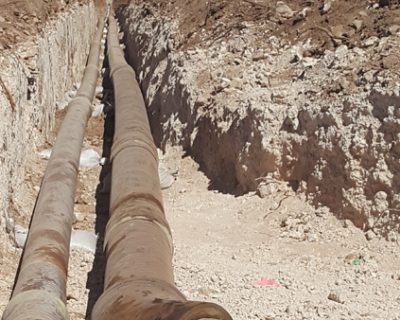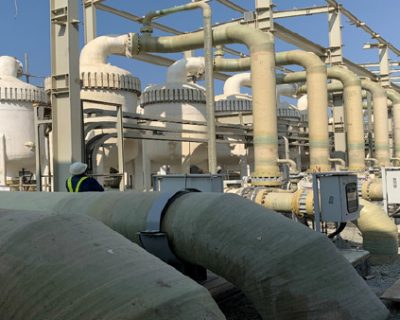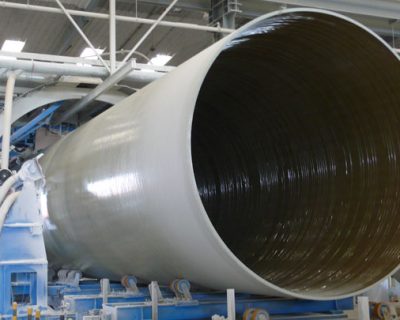Blog

GRP and FRP Piping Safety: Guidelines and Best Practices
GRP (Glass Reinforced Plastic) and FRP (Fiber Reinforced Plastic) piping systems are widely used in various industries due to their corrosion resistance, lightweight nature, and durability. However, ensuring safety while working with these materials is of utmost importance to prevent accidents and maintain the integrity of the piping system. In this blog post, we will discuss some guidelines and best practices for GRP and FRP piping safety.
- Conduct thorough inspections: Regular inspections of GRP and FRP piping systems are essential to identify any signs of damage, wear, or degradation. Inspectors should look for cracks, leaks, bulges, or any other abnormalities that could compromise the integrity of the pipes. It is important to address these issues promptly to prevent potential failures.
- Implement proper handling and storage procedures: GRP and FRP pipes should be handled with care to avoid any damage during transportation, installation, or maintenance. It is important to use appropriate lifting equipment and techniques to prevent excessive stress on the pipes.
Additionally, pipes should be stored in a clean, dry area away from direct sunlight and extreme temperatures to maintain their structural integrity.
- Follow manufacturer’s guidelines: It is crucial to adhere to the manufacturer’s guidelines for installation, operation, and maintenance of GRP and FRP piping systems. These guidelines provide important information on factors such as temperature limits, pressure ratings, and chemical compatibility. By following these recommendations, you can ensure that the pipes are being used within their intended parameters and minimize the risk of failure.
- Provide proper training: Employees who work with GRP and FRP piping systems should receive adequate training on handling, installation, and maintenance procedures. They should be familiar with safety protocols, such as wearing appropriate personal protective equipment (PPE) when working with chemicals or in hazardous environments. Training programs should also emphasize the importance of reporting any signs of damage or abnormalities in the piping system.
- Use compatible fittings and accessories: When selecting fittings and accessories for GRP and FRP pipes, it is essential to choose ones that are specifically designed for use with these materials. Using incompatible components can lead to leaks or failures in the system. Manufacturers often provide a list of recommended fittings that have been tested for compatibility.
By following proper installation procedures as well as regular maintenance protocols, you can ensure that your project runs smoothly and enjoy longivity along with the the best performance.





